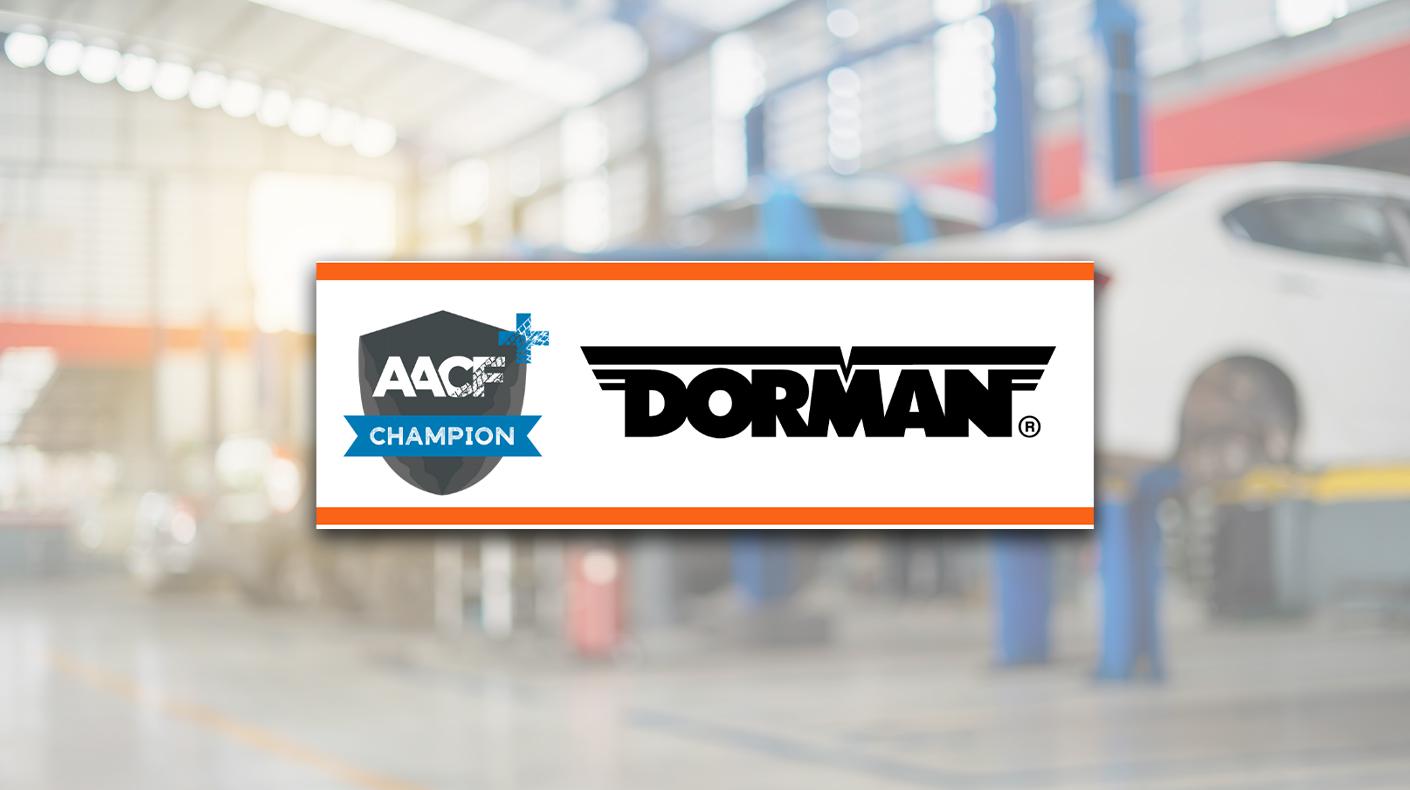The U.S. Environmental Protection Agency (EPA) has concluded that the current ozone standard of 84 parts per billion is insufficient and must be tightened to 75 ppb in order to adequately protect public health. Industry had generally lobbied that the standard remain the same since 85 counties across the nation are still struggling to comply with the 84 ppm rule.
Under the new rule, an estimated 345 counties will not comply. Environmentalists and the agency’s own scientific advisory committee had recommended an even lower threshold, between 60–70 ppb.
Ground-level ozone, the principal component of smog, is formed when sunlight heats pollutants, such as nitrogen oxides and unburned hydrocarbons, from car exhaust, industrial emissions, gasoline vapors and other sources.
State and local officials must devise “state implementation plans” to bring counties into compliance by regulating both stationary and mobile sources. Many jurisdictions, for example, may establish vehicle emissions-inspection programs.
Questions? Contact Stuart Gosswein at stuartg@sema.org.





